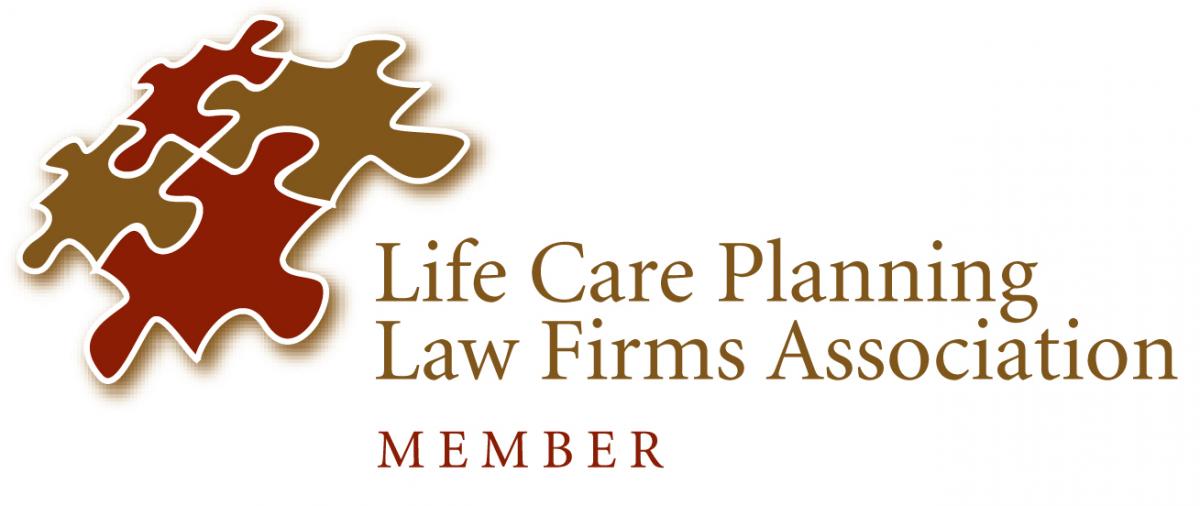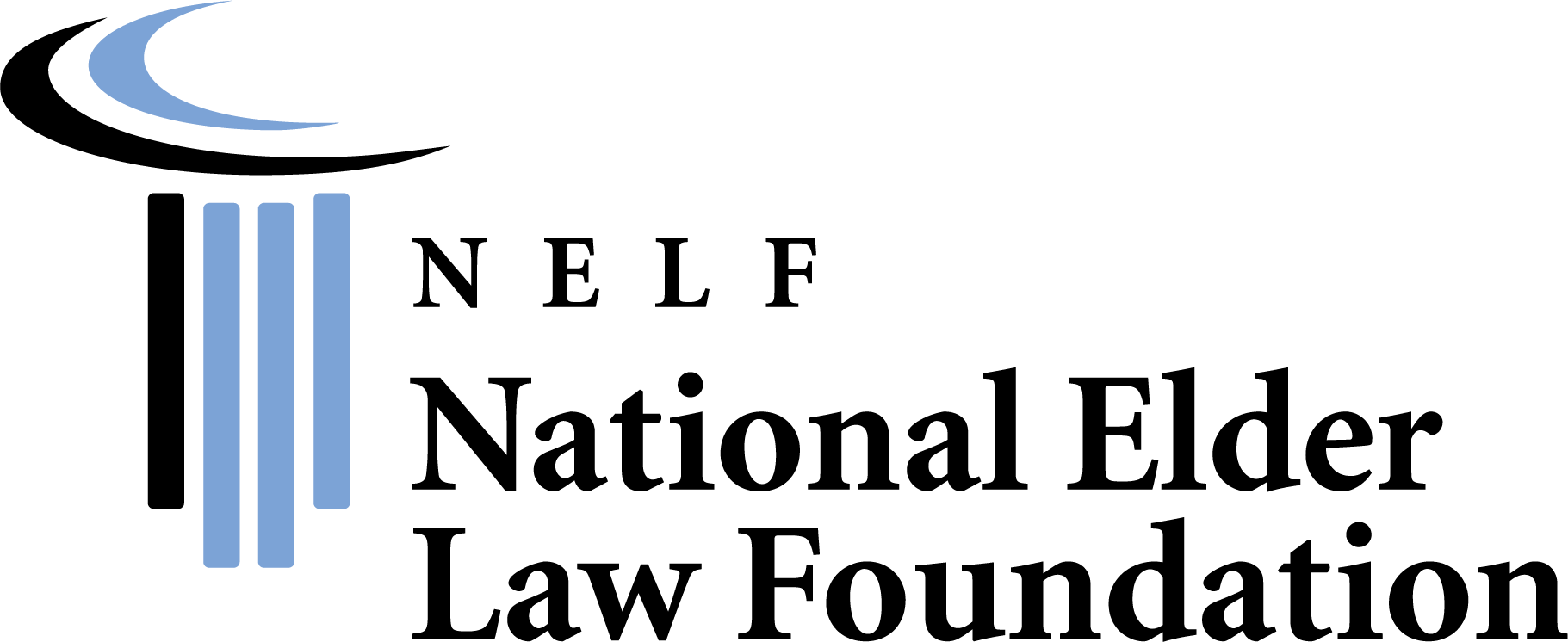POSTED IN: Medicare
TAGS: Long-Term Care Facilities, Medicare, Seniors
Share this
This month, we are taking the time to do a deep dive into Medicare and the open enrollment process. Last weeks blog reviewed the four different parts of Medicare. Today, we will share some practical information to help you on your journey. This Medicare open enrollment FAQ, can clear up some myths, answer some basic questions and get you headed in the right direction.
Enrolling in Medicare
Some people get Part A and Part B automatically and others need to sign-up. Those who are already receiving benefits from Social Security or the Railroad Retirement Board (RRB), they will get Part A and Part B automatically starting the first day of the month they turn 65. Those who are under 65 and disabled, will get Part A automatically and Part B after they have received social security disability benefits for 24 months or when they reach 65, whichever occurs first.
But what if you are not automatically enrolled?
If you’re almost 65, and you don’t get Social Security or Railroad Retirement Board (RRB) benefits, you’ll have to sign up for Medicare. You should contact Social Security 3 months before you turn 65. You can also apply for Part A and Part B by going to https://www.ssa.gov/benefits/medicare/ .
How much does Medicare cost?
For most people, Medicare Part A is free if you paid Medicare taxes while you were working. On the other hand, the standard monthly premium for Medicare Part B enrollees will be $174.80 for 2024. Most of the families we meet with think their Medicare coverage is completely free. Typically, the Medicare Part B premium is taken out of their Social Security before it is ever deposited into their account. You can verify what you are paying for Medicare Part B by looking at your yearly Social Security award letter.
Determining Medicare Coverage
Often, our clients aren’t quite sure what type of health insurance coverage they have. An easy way to determine this is by seeing if they have a red, white, and blue Medicare card. If this is the case, the face of the Medicare card will say Part A (Hospital) and/or Part B (Medical) and will also list an effective date of when the coverage started. However, an advantage plan delivers these benefits through an alternative channel: private insurance companies, therefore, the red, white, and blue Medicare card is no longer effective.
Medicare will not cover long-term care in a nursing home
Many people assume their Medicare will pay for long-term care in a nursing home. Unfortunately, this is not the case. After a three-day hospital stay, Medicare will pay for the first 20 days of skilled rehab days at no cost. Some Medicare Advantage plans do not require a 3-day hospital stay. Traditional Medicare can cover up to 100 days of skilled rehab with a copay or coinsurance due for days 21 through 100. After 100 days, Medicare will not pay for long-term nursing home care. Once again, it is recommended to closely review your Advantage plan to determine what exactly is covered under skilled rehab and whether there are any facility limitations.
What about paying for long-term care?
Those who need to stay in a nursing home for long-term care may need to consider applying for Medicaid. For more information on planning for nursing home Medicaid, visit our website or call our office at 404-843-0121.
As you see, there are many Medicare plan options and choices to consider. Our team at Hurley Elder Care Law can help explain the Medicare basics and can also share the names of insurance professionals who can assist you with figuring out the best plan for your needs.
Share this
Subscribe to our blog and monthly newsletter.











